
Fans of indie cinema have always enjoyed a fairly rich smorgasbord of styles, themes, and genres. Indie can, naturally, refer to budgetary restrictions, and can indicate an “independance” from the major studio system. Yet, for many, Indie is simply a state of mind, an outsider spirit, and a dedication to quirkiness rather than Blockbuster convention.
Here, we have 20 films that encompass very different tones, styles, and genres. Yet, they all carry that Indie identity and as such are kindred to each other. The fact that they all share a common release year is testament to the broad experience enjoyed by the cinephile. We have choices and innovations in abundance. Each new year seems to admirably brings with it a motley crue of idiosyncratic films made by hungry directors ready to push the discipline forward.
Of course, judging by this lot, 2015 was certainly no exception.
20. Grandma
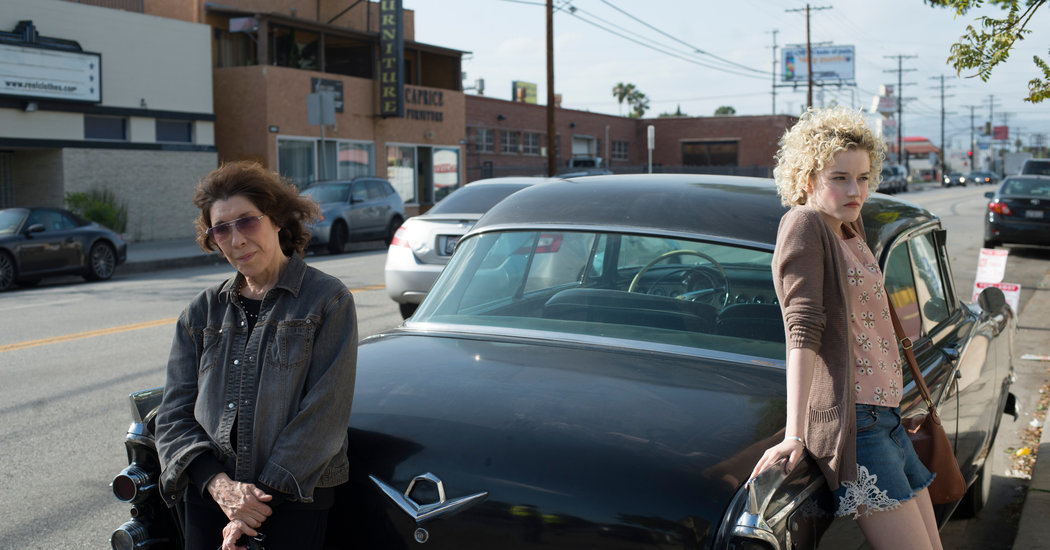
Grandma certainly doesn’t reinvent the wheel. In fact, many of the motifs it employs are cornerstones of American indie cinema- a young woman coming of age, a road trip, a free spirited outsider, a certain “buddy movie” element, and no small dose of comedic irreverence. Even the protagonist’s homosexuality isn’t particularly shocking to the modern audience. Yet, this is a film that manages to feel fresh from its onset to the very end of it’s breezy runtime. How? The answer lies distinctly with the film’s secret weapon- Lily Tomlin.
The veteran comedienne relishes every moment onscreen, every nuance of her character’s disfunction and neurosis. Initially presented to us as an unemployable academic incapable of commitment to a conventional relationship. Yet, thanks to Tomlin’s wit and humanity, what could be alienating is always portrayed as human and candid.
The plot involves Tomlin’s Grandmother assisting her wayward granddaughter in seeking an abortion after a sexual indiscretion has lead to an unwanted pregnancy. Again, we have a potentially loaded premise with startlingly fleet-footed execution. Thankfully, to the benefit of the audience, the methods by which this is achieved involve Tomlin kicking a stoner in the groin. This is highly recommended farce.
19. Queen of Earth
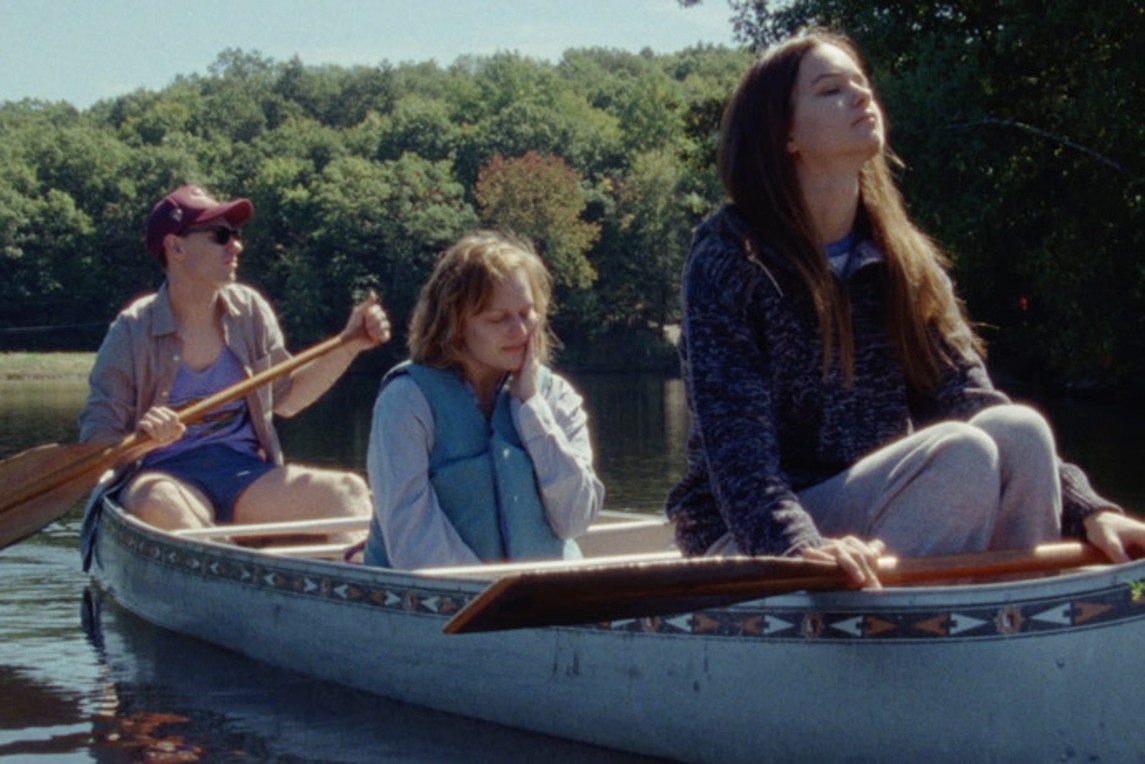
Here is a film in which a character’s life begins to imitate art- in every sense of the word. A moody chamber piece with assured direction from Alex Ross Perry, and vividly anchored by its star Elisabeth Moss, this is a terrific example of how cinema can do so much with a seemingly barren setup. This is a film that feels at times totally divorced of any narrative cliches associated with a thriller, but at other times totally in command of revolutionising them.
There have been great choices in its supporting cast. Katherine Waterston really shines as Ginny, the cynical and jaded opposite of Moss’s sensual Catherine. Patrick Fugit, an underseen actor, plays Ginny sporadically seen boyfriend Rich. The setting is a personality unto itself, an somehow eerie lakeside cabin that provides many a moment of quiet tension and revelation.
Yet, Moss in the centerpiece of the film. As a naive and spiritual artist quietly falling apart, she becomes progressively more haunted by her surroundings, echoing the art she produces. In the end, her journey leaves you baffled, but not wanting.
This film had style, but it provides substance in abundance.
18. The Wolfpack
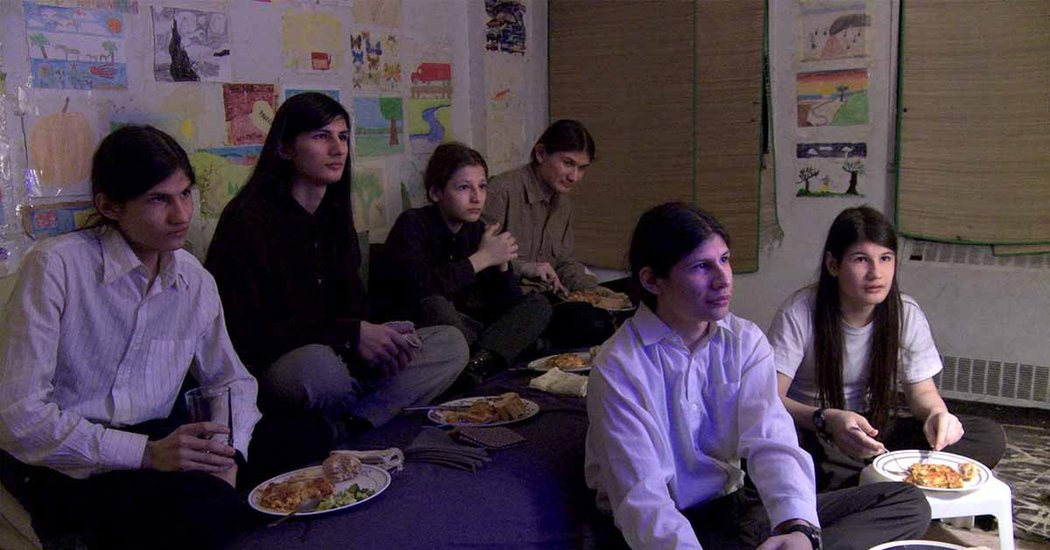
The term “has to be seen to be believed” is one of the most overused in film journalism. But, honestly, how else could one introduce Crystal Moselle’s Indie Doc breakthrough The Wolfpack? After all, the film documents the real daily lives and family history of the Angulo family, a family shut out from the outside world by their domineering Father. Stuck inside, and dangerously closeted from reality- they turn to movies as their only outlet from their horrific situation.
And, it’s all true.
Still, crucially, the optimism of the Angulo kids keeps this from being a grim documentary. The joy and passion with which they recreate their favourite films on a budget, and all within their time apartment home, is charming indeed. Their joy for the medium is their salvation, which should draw mich identification in a cinephile viewer. In the end, such is our affection for these quirky individuals, that their eventual rebellion from captivity is nothing short of a triumph. In the end, one feels that the magic of cinema may have literally saved these people’s lives, and this is a victory for cinema indeed.
17. White God
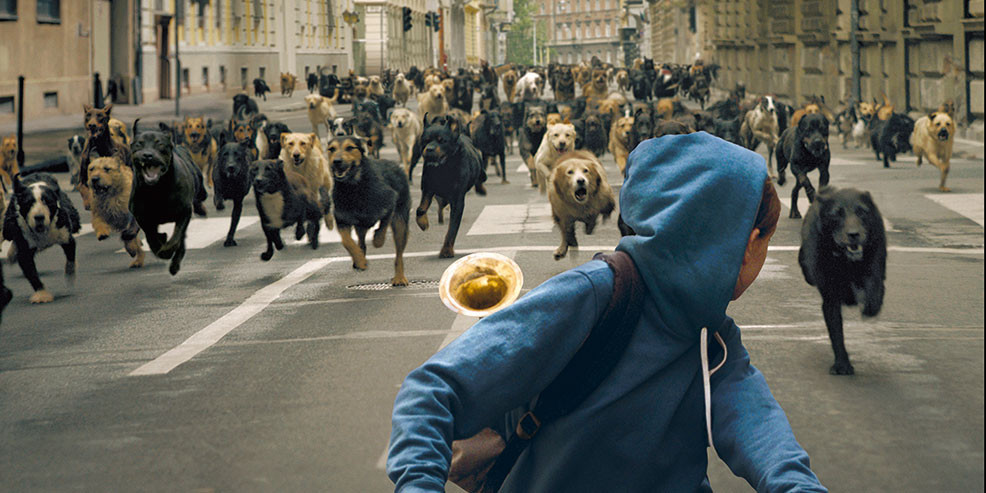
The relationship between a young girl and her dog is a sacred one, but also a motif that is largely overused and saccharine indeed. Yet, this is far from the shameless heartstring tugging that accompanies the standard use of domestic animals in cinematic narrative. This is a film seemingly about outsiders and rebellion; about the movement of individuals from the outskirts of society into revolutionary leaderships.
That, and the dogs are real characters.
The narrative, surrounding a young girl who doesn’t fit in commanding a regiment of dogs to overturn their respective opposers in their common and mutual opposers, is as quirky and distinct as the film’s protagonists. In the end, the film rests on the merit of its two dynamic stars- Zsofia Psotti and Body- starring as young Lilli and her beloved dog Hagen respectively. To witness the realisation of the director Kornel Mundruczo’s dream is breathtaking, a “dialogue” scene between two dogs actually carrying dramatic weight, thanks to a deft combination of editing, music, and the expert training of very clever animals.
They say never work with children or animals; they may have been wrong.
16. Mommy
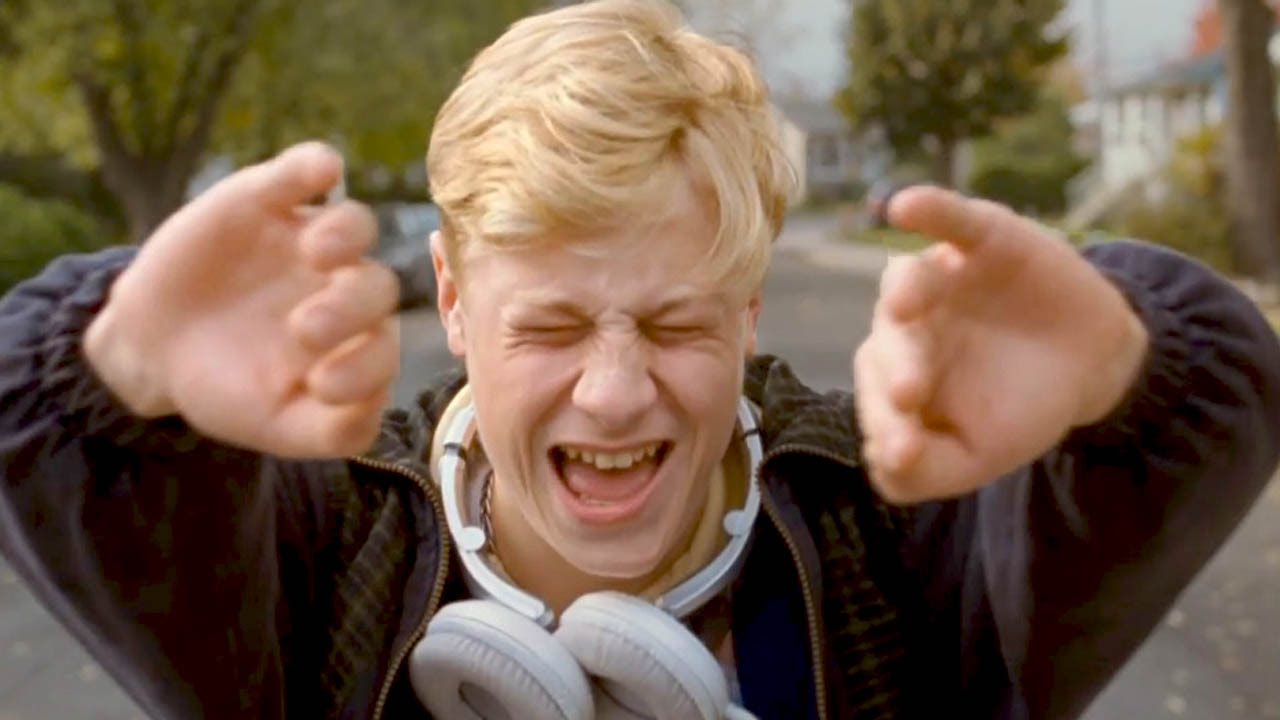
The sacred and age old Mother child bond is the subject of Mommy, a film about spirited single mom Diane and her dangerously self-destructive son Steve (a brilliant Antoine Olivier-Pilon). Steve has ADHD, and his frequent outbursts include road rage racism, self-harm, and even threats to the safety of Diane herself.
The sequences between mother and son are disturbing. There are implied incestual desires from Steve towards his Mother, desires which she only mostly occasionally rebukes. There is also a perturbing sequence in which Diane flees to a closet in fear of Steve’s latest furious outburst. Horrific too, is a self-harm sequence in a shopping mall.
There is, however, no shortage of love in the Despres clan. This love is best expressed in the company of amicable neighbour Kyla, who acts as a mediator between the mercurial duo, and brings out the best in both of them. In a sense, Kyla as a character defines the film, that of sweetness arising out barbaric circumstance. Xavier Dolan’s film in unique, defiant, and extraordinary.
15. The Salvation
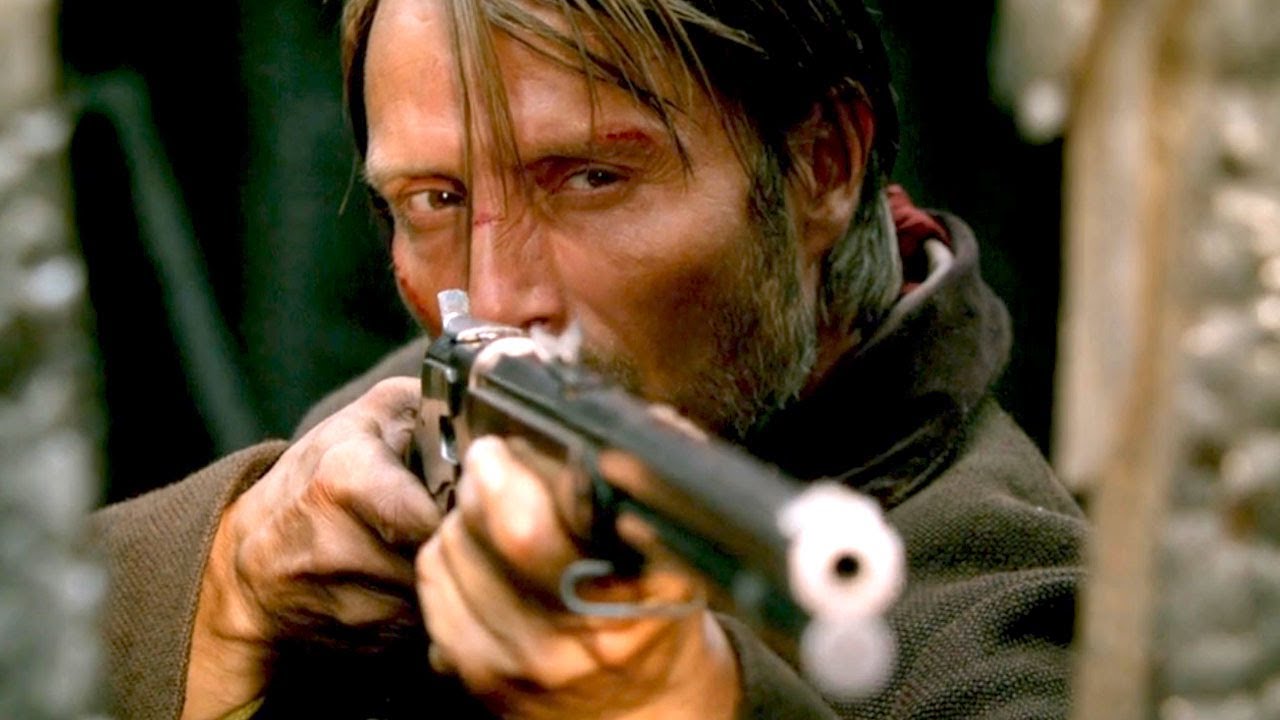
Very much a film born out of watching films, and bolstered by an assured lead performance from Mads Mikkelson, The Salvation is brutal, uncompromising cinema bourne outside of a major studio. There is a distinctly European feel to the film, though this shouldn’t suggest that it does not adhere to the long-sanctified pillars of the western genre, such as the wandering stranger motif and revenge film elements. This one certainly doesn’t compromise.
The plot is quintessential western fare. A broken man seeks revenge for his murdered family, then faces dire consequences.
Indeed, here we have a protagonist so haunted that it almost seems that a Biblical curse has befallen him. His wife and child killed in a stagecoach robbery only moments after they are reunited, a dire journey now awaits Jon (Mikkelson.) He is pursued, imprisoned, and forced to fight for his life in a burning metropolis. Through the sensational lens of DP Jens Schlosser, the film has a haunting beauty even at the ugliest of times, and it holds these ideals right to the climax.
Ultimately, The Salvation is assuredly grim, like its protagonist.